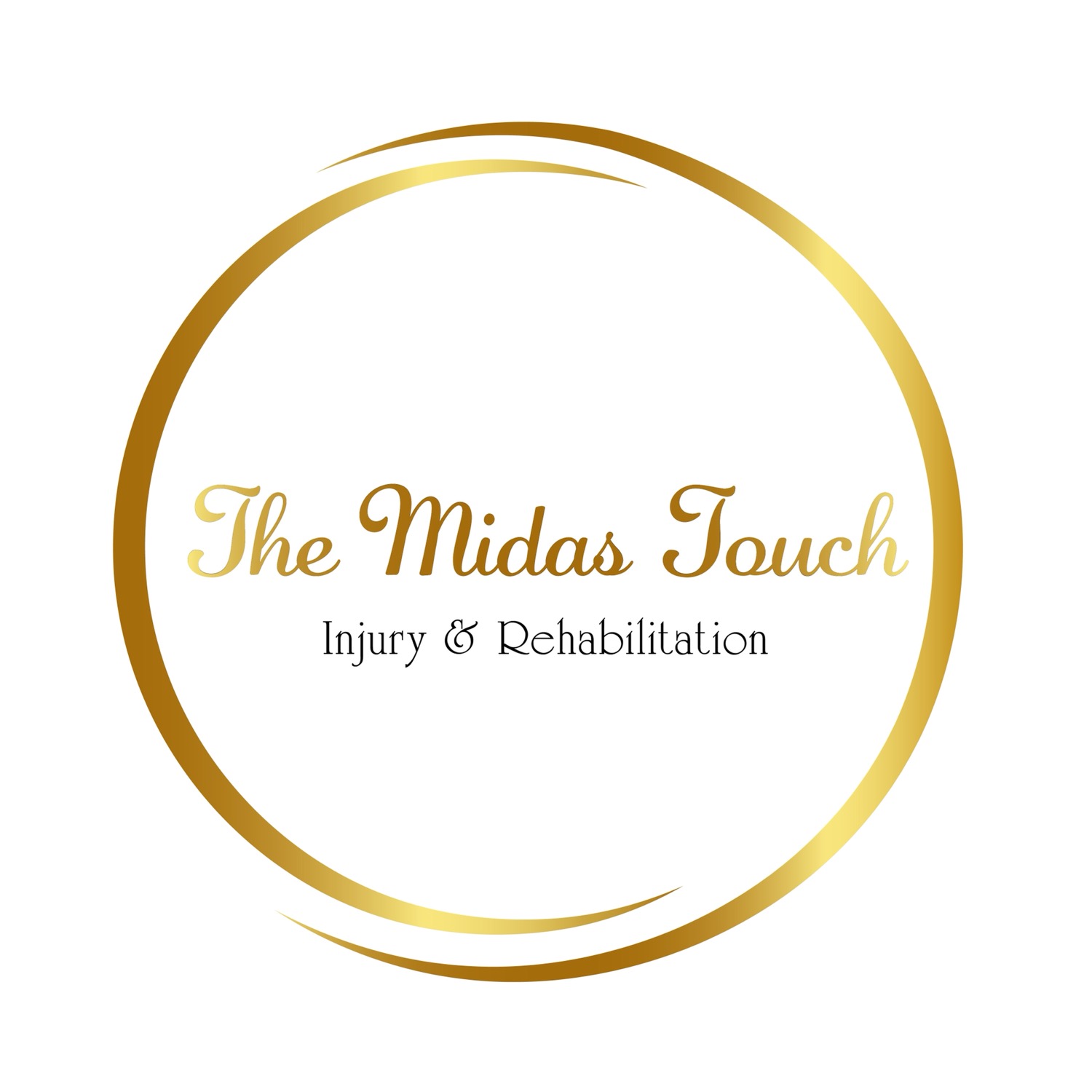ACL Injuries and Prevention
- Edel Kieran

- Jan 16, 2020
- 4 min read
There are 4 main ligaments in the knee, which connect the shin bone (tibia) to the thigh bone (femur). These ligaments are:
1. Anterior Cruciate Ligament (ACL).
2. Posterior Cruciate Ligament (PCL).
3. Medial Collateral Ligament (MCL).
4. Lateral Collateral Ligament (LCL).

The Anterior Cruciate Ligament is the one that you hear about most often. The ACL's main role is to stop the shin bone (tibia) from sliding forwards under the thigh bone (femur). A torn ACL is a serious injury with a long rehabilitation process. Most full thickness ACL tears require reconstructive surgery, and the recovery time from surgery is usually between 9 and 12 months. The most common mechanisms of injury are cutting and planting.
Aside from the long post – operative rehabilitation required after an ACL reconstruction, once you've injured your ACL once, you are at a higher risk of injuring an ACL again, on either the previously injured side or on the other side. Studies have also shown that people who undergo ACL reconstructive surgery are three to five times more likely to develop arthritis in the knee.
Just in case that wasn’t enough doom and gloom, there’s more bad news if you’re a female!
Females are between 2 and 10 times more likely to tear their ACL than their male counterparts. We also have a much higher re-injury rate than men! As we mentioned, the most common mechanisms of injury are landing and change of direction. These are movements that are seen in both men's and women's sport. So why are women at such a high risk of an ACL injury when compared to men?!
Research is still ongoing but there are many factors at play when it comes to answering this question. Some of the differences that have been outlined are listed below.
1. Increased Q – Angle when compared to men.
An increased Q – angle leads to increased knee valgus, which in turn contributes to poor landing mechanics which places large abnormal stress and rotation on the knee.

2. Muscle Recruitment.
Women tend to engage their quads before their hamstrings when landing which can challenge the integrity of the ACL which is already working hard to prevent the shin from translating forwards.

3. Hormone.
Women have higher levels of oestrogen which can cause increased laxity in ligaments.
Considering the far-reaching effects that an ACL tear can have on a person’s life further down the line, surely there is something that can be done to curb this epidemic, particularly for our sportswomen?!
Neuromuscular training programmes, with a view to preventing ACL injuries have been shown to prevent 50 - 80% of injuries! In general, these programmes also combat other knee, ankle and lower limb injuries. Additionally, the techniques / exercises used in these programmes can also enhance an athlete's overall performance by increasing jump ability, acceleration and agility! With that in mind, shouldn’t all “at risk” athletes be implementing some sort of ACL injury prevention programme to their weekly routine? I certainly think so!
So, what can you do about it?
Here at The Midas Touch, we have designed an injury prevention programme which aims to reduce the incidence of ACL injuries and their subsequent knock on effects.
Our programme incorporates a combination of exercise components. Lower extremity strength and balance training have been found to be the most important elements in ACL prevention programmes (Brunner et. al, 2019). In addition, landing mechanics are of vital importance in an ACL prevention programme that is targeting females. (Petushek, et. al, 2019). All the exercises included in this regime have been chosen specifically to mirror the components that research has found to be most important.
As you work your way through the programme, you will notice that each component of the programme e.g. hamstring strength, is repeated through each stage. Each exercise is progressed as the stages go on but can also be regressed to the previous stage’s exercise for athletes who may be struggling. The constant but gradual progression of each component means that athlete’s bodies are always being challenged and therefore forcing an adaption.
Ideally this programme should take 20 minutes to complete and should be completed at least twice a week in order to have a preventative effect. In addition, for optimal results, the programme should be performed under the supervision of a coach / trainer who is giving the athlete verbal feedback. For each exercise in this programme, there is a step by step guide as well as a video with verbal instruction so that if an athlete is not with a coach / trainer, they still have access to the correct techniques and cues. (Sugimoto et. al, 2016) found that the ideal dosage for a neuromuscular adaptation programme was 20 minutes between two and four times a week.
The commitment to this programme will be key to its success. In 2008, The Swedish Football Association implemented an ACL prevention programme and found injury reduction rates of up to 65% in their diligent players, but the programme had no preventative effect for the players who completed it sporadically. (Lindblom et. al, 2018). This programme is designed to take as little time as possible while covering as many of the key components possible in order to encourage compliance. It is easy to implement as part of a warm – up during a team training session, a quick session at home or as a strength session on its own. There is a training journal for each stage included in this manual. It can be used by a management team as an accountability measure or by a player to track their own progression.
If you have any questions, get in touch!
Edel.






Comentários